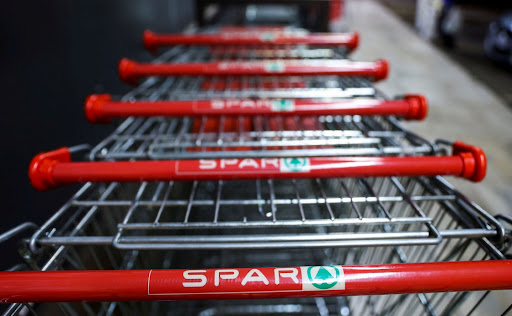Supermarket giant Spar Group recently disclosed a slight dip in its half-year earnings, stirring interest and concern among investors and industry analysts alike. Despite maintaining a steady revenue of R66.1 billion from continuing operations, the retailer saw a marginal decrease in headline earnings per share, dropping by 0.4% to 450.1c compared to 451.9c the previous year.
Delving deeper into the numbers, the group’s operating profit experienced a 1.6% uptick to R1.5 billion, attributed to enhanced cost management practices. Notably, the operating margin remained stable at 2.2%, reflecting the company’s commitment to financial sustainability and efficiency.
In the Southern Africa region, Spar faced various challenges impacting its performance. Wholesale turnover in the area rose by 1.7% to R49.9 billion, a growth rate influenced by factors such as consumer spending constraints, reduced food inflation, post-election unrest in Mozambique, the timing of Easter falling in the latter part of the fiscal year, and temporary shop closures in Gauteng. These hurdles painted a complex picture of the economic landscape in which Spar operates, highlighting the interplay of internal and external forces shaping its financial outcomes.
Moreover, the combined revenue from grocery and liquor wholesale divisions experienced a modest 1.1% increase, while retail revenue showed a more robust uptick of 1.9%. Notably, like-for-like sales demonstrated a 1.6% growth rate, signaling a nuanced pattern in consumer behavior and market dynamics. Spar attributed its positive performance to a strong presence in the lower-income customer segment, which drove growth, while facing challenges in engaging the middle and upper-income brackets, a trend reflective of broader market shifts.
Across the ocean in Ireland, Spar faced a different set of circumstances, with local currency revenue declining by 0.6%. The Irish market posed unique challenges, with inflationary pressures impacting consumer purchasing power and volume metrics in the retail convenience sector. This contrast in performance underscored the diverse challenges and strategies required to navigate distinct market landscapes effectively.
Amidst these financial intricacies, industry experts weighed in on Spar’s performance, offering valuable insights into the implications of the reported earnings. Analysts highlighted the importance of Spar’s cost discipline and operational efficiency in sustaining profitability amidst a competitive and evolving market environment. The emphasis on customer segmentation and tailored strategies for different income brackets emerged as a key takeaway, shedding light on the significance of understanding and responding to diverse consumer needs in driving business growth.
Looking beyond Spar’s specific financials, the broader implications of its earnings report resonated across the retail industry. The nuanced interplay of economic factors, consumer behaviors, and market dynamics highlighted in Spar’s performance underscored the intricate balancing act required for retailers to navigate uncertain terrains successfully. The case of Spar served as a microcosm of the larger challenges and opportunities facing the retail sector, prompting industry players to reevaluate their strategies and adapt to the evolving landscape proactively.
In conclusion, Spar’s recent earnings disclosure offered a glimpse into the complex web of factors influencing the retail giant’s financial performance. From regional challenges impacting revenue streams to strategic insights on customer segmentation, the narrative of Spar’s journey encapsulated the broader trends and nuances shaping the retail industry. As Spar continues to navigate the ever-changing retail landscape, its ability to adapt, innovate, and respond to market dynamics will be pivotal in shaping its future trajectory amidst a competitive and dynamic market environment.

